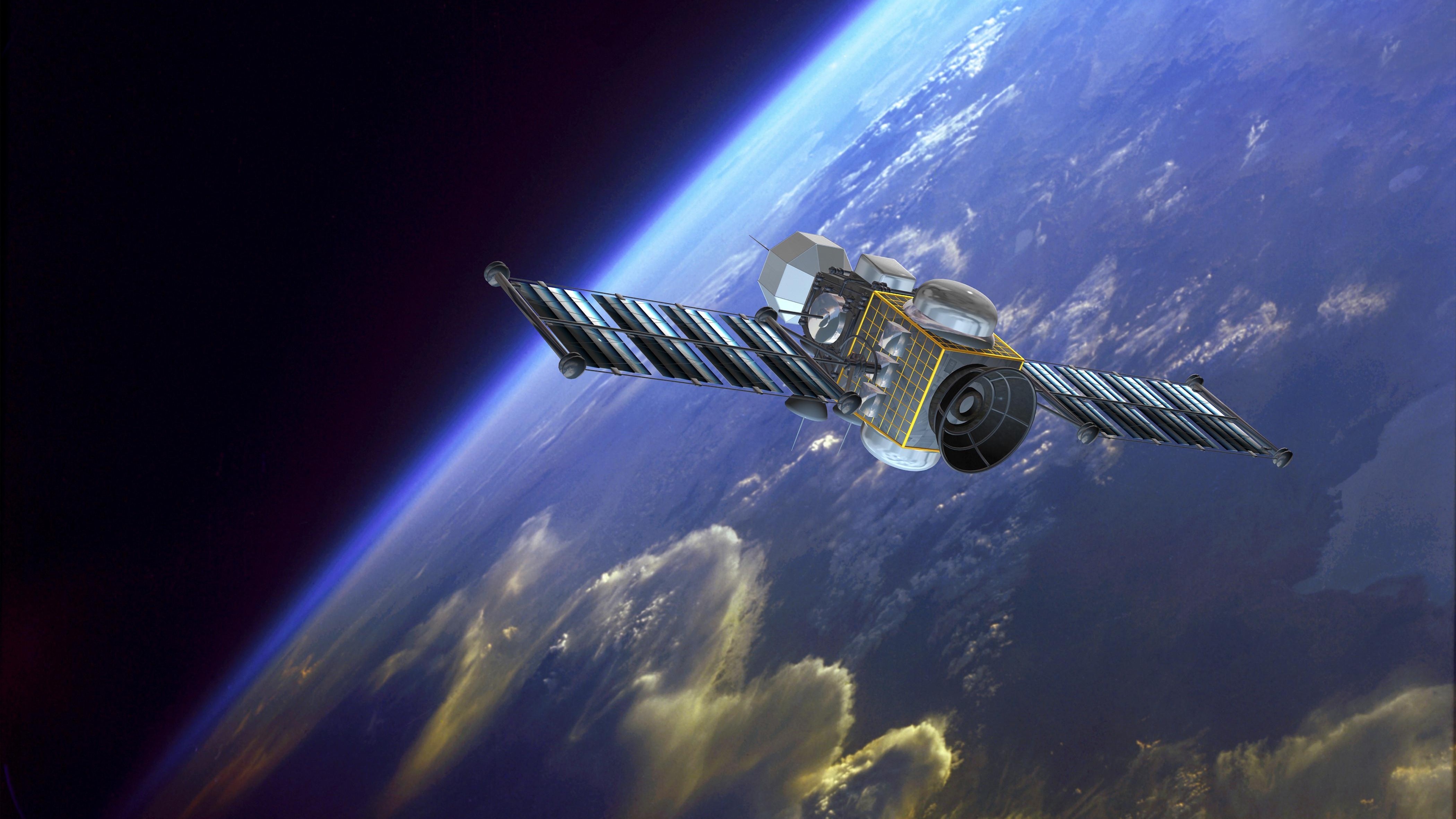
Risks in commercial space flight
properties.trackTitle
properties.trackSubtitle
Once a satellite moves into orbit, it’s too late for repairs
250–300
US$ m
The investment costs for a satellite and its launch vehicle amount to some 250-300 US$ m
Risks for satellite operators: from day one, it’s high stakes and no redos

The deployment of a satellite is a high-risk venture for operators. Satellites are rarely “re-used”. Most satellite are one-offs – designed to exact specification. Operators start from scratch. These highly sensitive and complex pieces of technology are at risk of damage at every stage – on the ground, during production, transport and assembly. In orbit, even minor damage can lead to a total loss and to the failure of the entire project.
Characteristics of a typical space risk portfolio
- Technological diversity
- Wide range of insured values coupled with high exposure to total losses
- A possibility of total losses accumulating when several satellites are launched together on a single launcher
- Risk of serial losses (partial or total) due to generic defects in a series of satellites
Satellite applications are becoming increasingly complex, projects more technically and commercially demanding
Modern television satellites: New formats push the demand for higher bandwidths

Since the early 1960s, it has been possible to receive television signals directly via satellite. In the beginning, a transponder had a single analogue PAL transmitter, but today up to 10 digital channels can share the same transponder. The entertainments industry is making great advances and possible applications like high and ultra-high definition, 3D television and even in-flight satellite transmission all require steadily increasing TV capacity.
Compared with telecommunications satellites, television satellites have a relatively high transmitting power. Modern television satellites can transmit several dozen programmes at the same time. This figure can be increased to a few hundred with the aid of digital technology. The number of programmes that may be received by a single antenna can be quadrupled if several satellites operate in the same orbital slot.
Operators were originally concerned about having too much capacity if there were only digital transmissions. Today, higher-resolution formats require more bandwidths, which in turn creates demand for new satellites with higher throughputs.
Earth exploration satellites orbit the earth around 15 or 16 times a day

Earth imaging satellites provide the most beautiful and remarkable pictures of the earth, and are used for various applications, such as cartography, raw materials exploration, in agriculture and forestry, and also for climate research – earth exploration satellites are currently scanning the planet in incredible detail, and the high-resolution photos they produce have a huge influence on our everyday life here on earth. Observing an individual event, say a flood, requires several earth exploration satellites because of the narrow observation window of just a few minutes.
The demand for data and images is rising fast, and technologies and possible applications for the satellites grow more diverse. Earth exploration satellites achieve ever-sharper images. Next-generation applications building on near-real time data processing push both operators and users to expand the boundaries of satellite technology.
Key challenge: Insuring the seemingly uninsurable
This may also interest you
Commercial satellites now make up more than half of all US satellites in orbit (March 2019)
Solutions for commercial space flight and aviation direct business
Industry Solutions
Contact our experts
/Deml_Stephanie_n314908_X11_1x1.jpg/_jcr_content/renditions/original.image_file.120.120.file/Deml_Stephanie_n314908_X11_1x1.jpg)

